DIY Cards

Jaks Prize
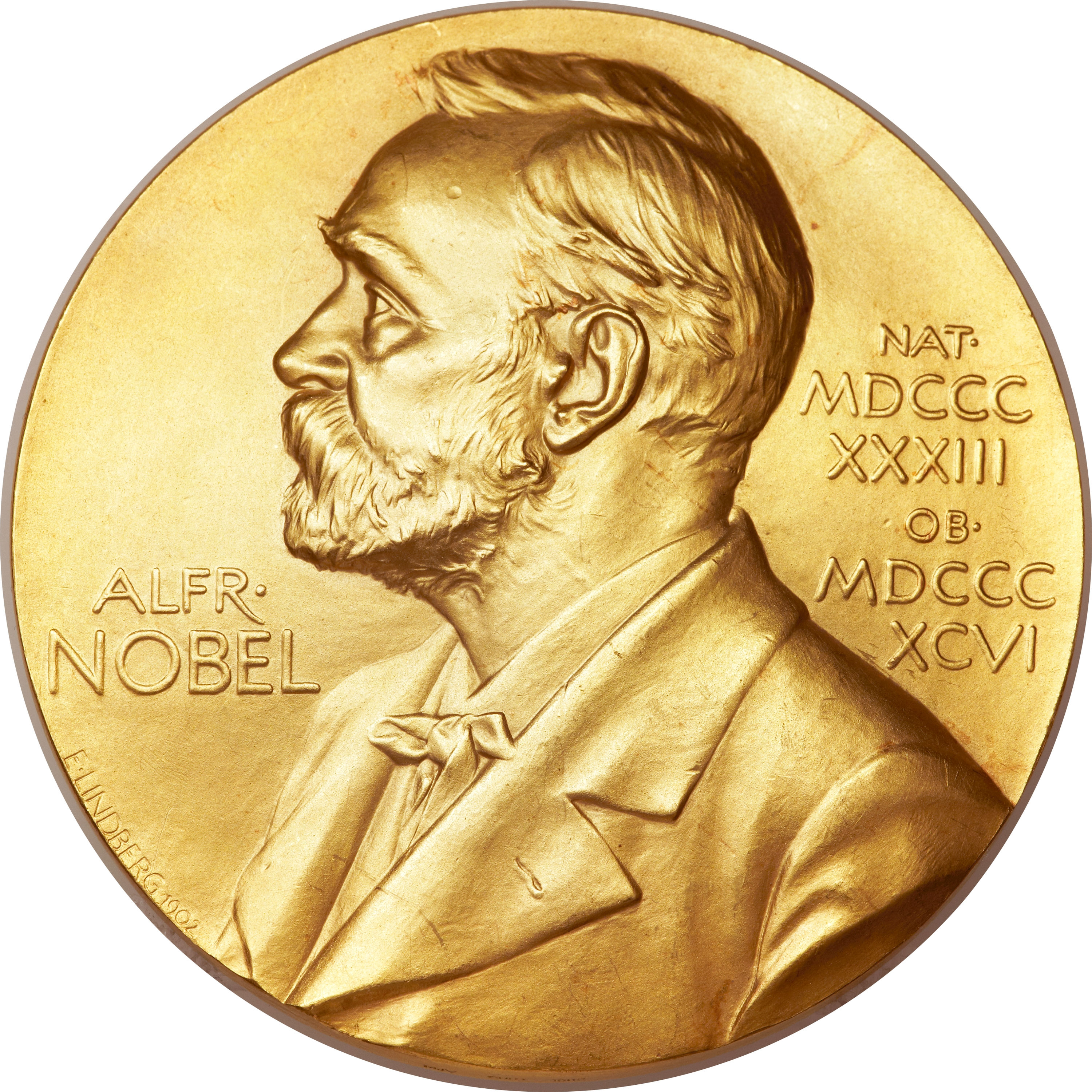
– Shared the 1903 Nobel Prize in physics with Pierre and Marie Curie for his discovery of natural radioactivity.

Robert Millikan
Julia, Vivian, Mina, Winnie
3 POINTS
Robert Millikan (1868-1953)
– used oil drop experiment to measure the elementary electric charge as well as the electron mass and Avogadro’s number
– won the 1923 Nobel Prize in Physics

Robert Millikan
Julia, Vivian, Mina, Winnie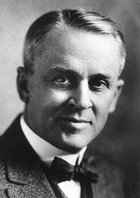
3 POINTS
Robert Millikan (1868-1953)
– used oil drop experiment to measure the elementary electric charge as well as the electron mass and Avogadro’s number
– won the 1923 Nobel Prize in Physics

John Dalton
Julia, Vivian, Mina, Winnie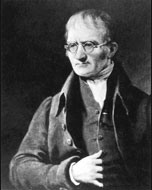
2 POINTS
John Dalton (1766-1844)
Dalton’s Atomic Theory:
– Elements made up of atoms
– Atoms of same element are identical in size, mass, other attributes
– Atoms can’t be divided
– In chemical reactions, atoms are combined

J. J. Thomson
Julia, Vivian, MIna, Winnie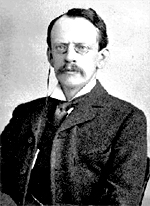
2 POINTS
J. J. Thomson (1856-1940)
– an English physicist
– credited with the discovery and identification of electrons and the discovery of the first subatomic particle
– won the 1906 Nobel Prize in Physics.

Ernest Rutherford
Vivian, Mina, Winnie, Julia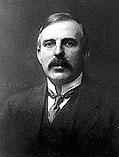
4 POINTS
Ernest Rutherford (1871-1937)
– New Zealand-born British physicist
– father of nuclear physics; discovered radioactive half-life
– discovered proton; 1908 Nobel Prize in Chemistry
– rutherfordium (element 140) was named after him in 1997.